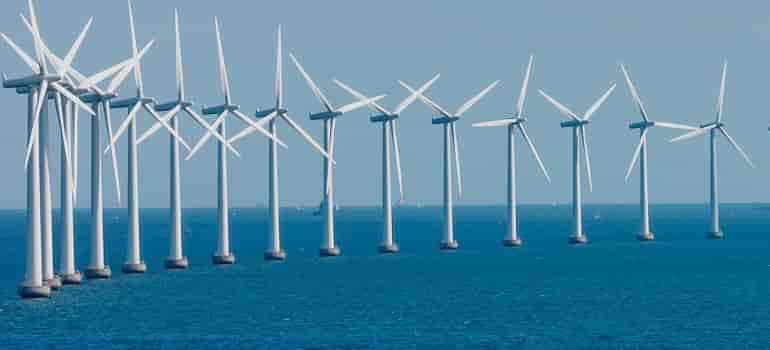Comprehensive Analysis Uncovers Potential for Significant Offshore Wind Contribution in U.S
Researchers from the U.S. Department of Energy’s National Renewable Energy Laboratory (NREL) have conducted a comprehensive analysis of offshore wind potential along the Atlantic coast, revealing that up to 20% of regional power needs could be met by offshore wind farms by 2050. This extensive study, published in the journal Nature Energy, delved into various scenarios, considering factors such as policy, technology costs, transmission, and siting.
The findings indicate that offshore wind has the potential to contribute up to 8% of the nation’s electricity by 2050, with a deployment range spanning from 30 to 250 gigawatts, contingent on evolving power system factors. Factors contributing to high offshore wind deployment include stringent decarbonization policies, low technology costs, limited siting options for onshore renewables, and constrained interregional transmission.
This research underscores the significance of offshore wind in the U.S. energy landscape, especially in scenarios with restrictive zoning regulations for onshore renewables. However, it also emphasizes the need for coordination among local, state, and federal authorities to plan power sector and offshore wind infrastructure effectively.
While offshore wind currently constitutes a small fraction of U.S. electricity generation, this study provides insights into its potential growth, potentially reshaping the nation’s energy mix and contributing to decarbonization efforts.


